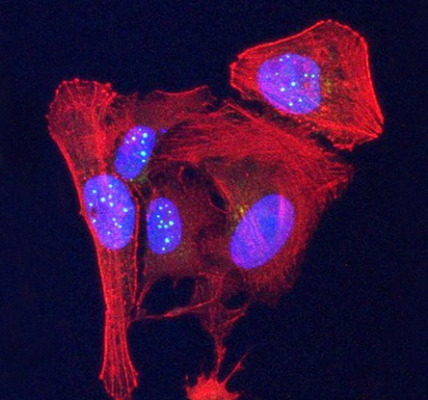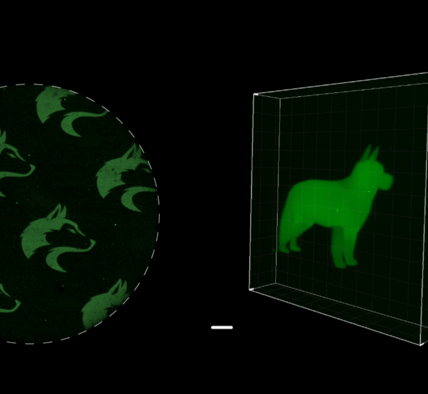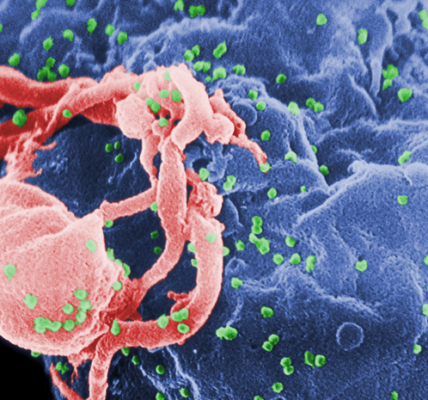Cholesterol is the main structural component of the brain and it is transported and distributed through the Central Nervous System (CNS) with the help of the lipid metabolic cycle. Alzheimer’s disease (AD) patients often suffer through ‘Multimorbidity’ (meaning: multiple chronic conditions) such as cardiovascular disease, type II diabetes mellitus, or hypertension, each of which highly affects lipoprotein metabolism.
Research published in the journal Nature Aging on February 20, “Neuronal APOE4 removal protects against tau-mediated gliosis, neurodegeneration, and myelin deficits” which characterizes the effect of ApoE4 on AD-related pathologies in an ApoE4-expressing neurodegenerative mouse model of tauopathy. The research was led by Yadong Huang, MD, Ph.D., associate professor of pathology and neurology at the University of California, San Francisco (UCSF).
Huang said, “ Establishing a key role of neuronal ApoE4 in the pathogenesis of Alzheimer’s disease opens up new possibilities for developing better drugs or strategies to treat Alzheimer’s disease’’. Medications or gene-manipulation methods could be designed to block the mechanism which is responsible for the production of ApoE4 in the neurons. Hence eliminating or depleting the amount of ApoE4 will lead to slowing down the disease.

Genetics behind the disorder:
Late onset of AD is correlated with the heavy deposition of the tau tangles, gliosis, neurodegeneration, neuronal hyperexcitability, and myelin deficits. Previously it was known that ApoE4 plays a key role in increased risk for the disease. In the case of ApoE2, it decreases the risk of causing AD in comparison to the ApoE3 allele. Stress is one of the major reasons to increase the APOE expression. Though the reason behind the increase in the late onset of AD is ApoE4 allele expression, the pathology of AD is still unknown.
The studies have shown that the selective removal of the ApoE4 from the neurons remarkably reduces tau-mediated gliosis, neurodegeneration, myelin deficits, and neuronal hyperexcitability. Haung’s team also conducted single-nucleus RNA sequencing to show that removal of ApoE4 greatly reduces the neurons linked to neurodegeneration, oligodendrocytes, astrocytes, and microglia.
Earlier studies have shown that ApoE4 accelerates the loss of hippocampal volume, heightens the burden of tau tangles, neuronal phosphorylated tau, neuroinflammation, and gliosis, and reduces myelination and the integrity of white matter.
This study on the mouse provides strong convincing evidence to support the role of ApoE4 in inducing the pathologies correlated with the AD and also suppression of ApoE4 leads to the progressive neurodegeneration and other deficits associated with late-onset Alzheimer’s disease.






















